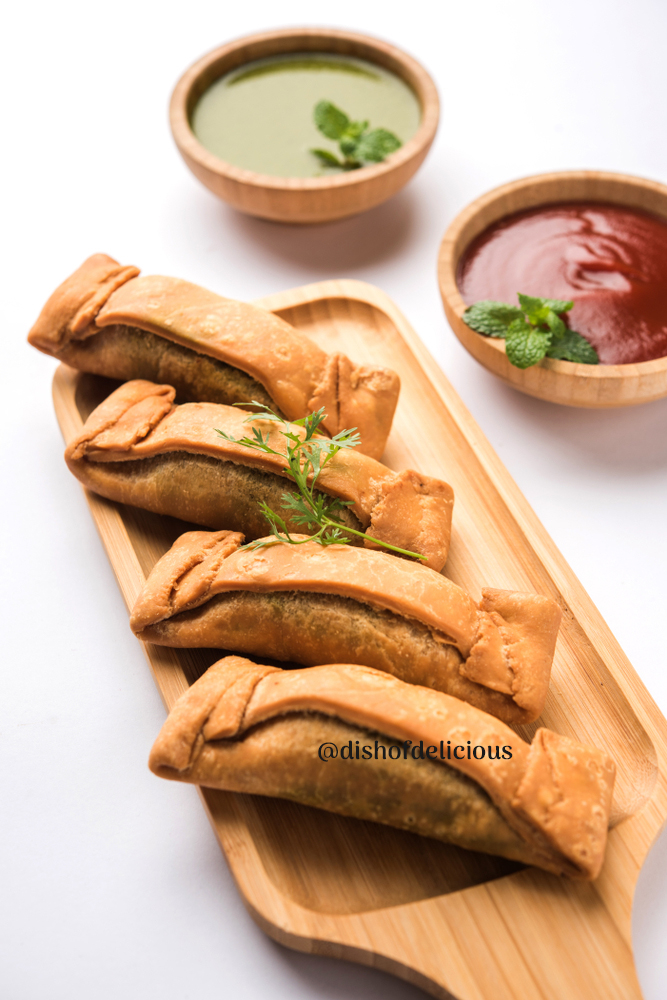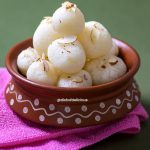Introduction:
In the vast and diverse landscape of Indian cuisine, there are numerous regional delights that enthrall food enthusiasts. One such flavorful and authentic dish is Sambar Vadi. Originating from In this blog, we will delve into the rich history of Sambar Vadi, and its delightful taste, and even guide you through a simple recipe to make this savory treat at home. Get ready to tantalize your taste buds with the delightful blend of spices, lentils, and the unique tangy flavor of Sambar Vadi.
The Story of Sambar Vadi:
Sambar Vadi holds a special place in Maharashtrian cuisine, and its origins can be traced back to the vibrant and culturally rich state of Maharashtra, India. Traditionally prepared during festive occasions and family gatherings, Sambar Vadi is a cherished recipe that has been passed down through generations. The dish was initially created as a flavorful snack that could be enjoyed during tea time or as a side dish with meals. Over time, it evolved into a popular street food, delighting people with its irresistible taste and distinctive blend of spices. Today, Sambar Vadi stands as a delicious representation of Maharashtra’s culinary heritage, loved by both locals and visitors alike.
The Aromatic Flavors of Sambar Vadi:
The magic of Sambar Vadi lies in its unique combination of flavors and textures. This delectable snack is crafted with chana dal (split chickpeas) and grated cucumber, seasoned with a tantalizing mix of spices, including mustard seeds, asafoetida, turmeric, and curry leaves. The addition of grated coconut and lemon juice lends a refreshingly tangy twist to the dish, making it a perfect balance of savory and tangy flavors. The spiced vadi is then cut into diamond-shaped pieces and fried until golden brown, creating a delightful crunch that complements the softness of the lentils. The aroma that wafts through the air while frying the vadi is enough to make anyone’s mouth water in anticipation of the flavors that await.
Recipe: Sambar Vadi – A Taste of Maharashtra at Home:
Ingredients:
- 1 cup chana dal (split chickpeas), soaked for 3-4 hours
- 1 medium-sized cucumber, peeled and grated
- 1/4 cup grated coconut
- 2-3 green chilies, finely chopped (adjust to your spice preference)
- 1 teaspoon mustard seeds
- 1/2 teaspoon asafoetida (hing)
- 1/2 teaspoon turmeric powder
- 1 sprig of curry leaves
- Juice of 1 lemon
- Salt to taste
- Oil for frying
Instructions:
- Drain the soaked chana dal and grind it to a coarse paste without adding water.
- In a mixing bowl, combine the ground chana dal, grated cucumber, grated coconut, green chilies, lemon juice, and salt. Mix well to form a smooth dough-like mixture.
- Grease a flat plate or thali with oil and spread the mixture on it, pressing it down to create an even layer, about 1/4 inch thick.
- Heat oil in a deep frying pan or kadai on medium flame.
- Cut the flattened mixture into diamond-shaped pieces or squares using a knife.
- Once the oil is hot, carefully drop the cut pieces into the oil and fry them in batches until they turn golden brown and crispy.
- Remove the fried Sambar Vadi from the oil using a slotted spoon and place them on a paper towel to remove excess oil.
- Serve the hot and crispy Sambar Vadi as a delightful tea-time snack or as a side dish with your meals.
Tips to Enhance the Sambar Vadi Experience:
- To make the vadi even more aromatic, add a pinch of asafoetida (hing) to the oil while frying.
- If you prefer a milder taste, you can reduce the number of green chilies or remove the seeds before adding them to the mixture.
- For a healthier version, you can shallow-fry the vadi instead of deep-frying.
Variations of Sambar Vadi:
Sambar Vadi is an incredibly versatile dish that can be adapted to suit different tastes and preferences. Here are some popular variations to try:
- Vegetable Sambar Vadi: Enhance the nutritional value by adding finely chopped vegetables like carrots, beans, and peas to the batter. This adds a colorful touch and provides an extra burst of flavor.
- Spicy Sambar Vadi: For those who enjoy an extra kick of spice, increase the number of green chilies or add red chili powder to the batter. You can also sprinkle some chaat masala or chili flakes on the fried vadi for an added zing.
- Sweet and Tangy Sambar Vadi: Infuse a unique twist by incorporating tamarind pulp or amchur (dried mango) powder into the batter. This balances the savory flavors with a subtle tanginess and sweetness.
- Baked Sambar Vadi: For a healthier alternative, bake the vadi in the oven instead of deep-frying. Brush the vadi with a little oil and bake them at 375°F (190°C) for about 20-25 minutes or until golden brown.
Conclusion:
Sambar Vadi is a culinary gem that offers a delightful amalgamation of flavors and textures. The traditional recipe of this Maharashtrian snack is a treasure trove of spices, lentils, and grated cucumber. It creates a crunchy delight that pairs perfectly with a hot cup of tea or as an accompaniment to meals. So, the next time you want to explore the authentic flavors of Maharashtra, indulge in the blissful experience of Sambar Vadi. Treat yourself to the rich cultural heritage of this captivating state. Happy cooking and savoring the deliciousness of Sambar Vadi!
Frequency Asked Questions (FAQ)
Q1: What is Sambar Vadi?
A1: Sambar Vadi is a traditional Maharashtrian snack made from a mixture of chana dal (split chickpeas), grated cucumber, spices, and grated coconut. The batter is shaped into diamond-shaped pieces or squares and then deep-fried until crispy and golden brown.
Q2: How do I make the perfect Sambar Vadi batter?
A2: To make the perfect Sambar Vadi batter, soak chana dal for 3-4 hours and then grind it to a coarse paste without adding water. Combine the ground chana dal with grated cucumber, green chilies, grated coconut, spices, and salt. Spread the mixture on a greased plate, cut it into pieces, and deep-fry until golden brown and crispy.
Q3: Can I freeze Sambar Vadi for later use?
A3: While it is best to consume Sambar Vadi fresh, you can freeze them for up to a month in an airtight container. To reheat, bake them in the oven at 350°F (175°C) for a few minutes until they are warm and crispy again.



